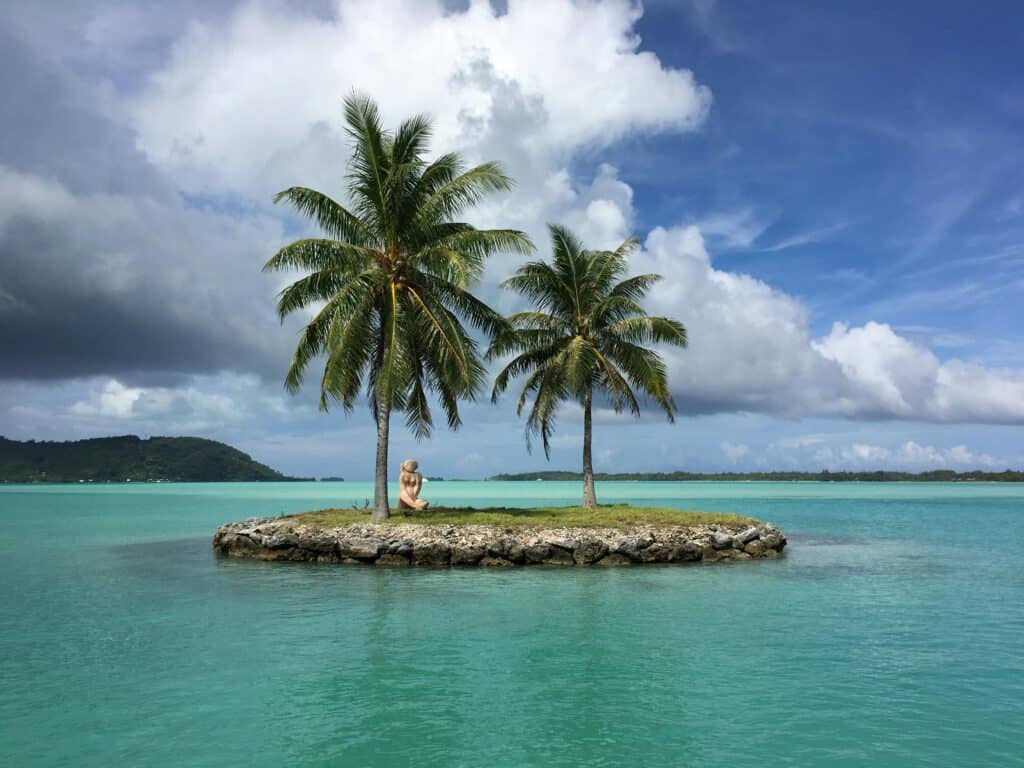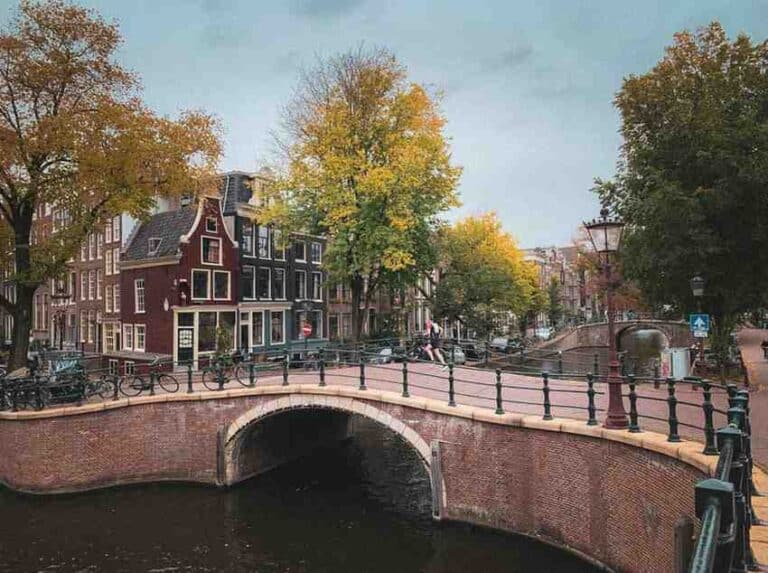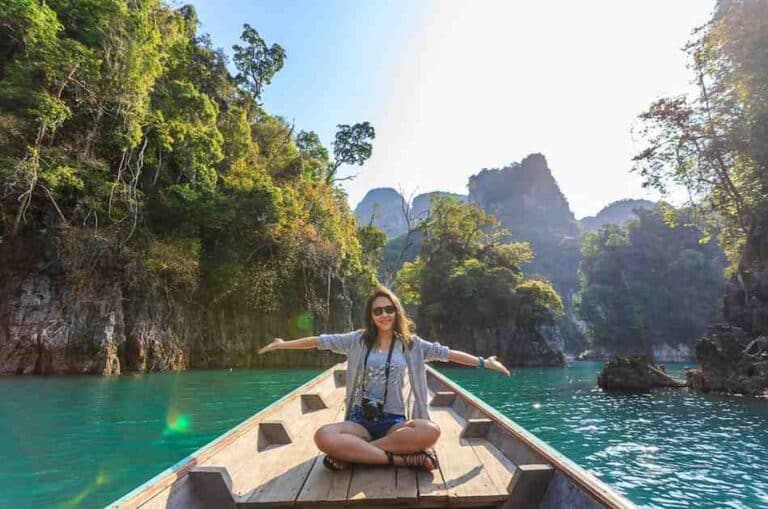Best Offbeat Islands to Visit in Southeast Asia 2025
Southeast Asia is home to some of the world’s most breathtaking islands, but many of its most magical escapes still fly under the radar. While destinations like Bali, Phuket, and Boracay attract millions of travelers every year, there are dozens of lesser-known islands that remain untouched, serene, and full of character. If you’re looking for somewhere new to explore in 2025 — a place where white sands meet authentic local culture and unspoiled nature — these offbeat islands are waiting to be discovered.
Why Choose Offbeat Islands in 2025
The post-pandemic travel wave has brought renewed interest in slow, sustainable, and meaningful travel. Offbeat islands perfectly align with that trend. They offer peace instead of crowds, community-run stays instead of mass resorts, and experiences that reconnect you with nature. In 2025, travelers are increasingly seeking places that prioritize sustainability, conservation, and local heritage — values deeply embedded in many of Southeast Asia’s hidden gems.
Cambodia: Wild Beauty and Rustic Charm
Koh Rong Samloem – A Peaceful Alternative to the Party Islands
Located just a short ferry ride from Sihanoukville, Koh Rong Samloem feels like a world away. This island offers powdery beaches, clear turquoise water, and a tranquil atmosphere ideal for a digital detox. Instead of nightlife, you’ll find hammocks, rustic bungalows, and glowing plankton lighting up the sea after dark. The island’s western side, particularly Saracen Bay, offers eco-lodges and local-run guesthouses committed to sustainability. The best time to visit is from November to April when the weather is dry and seas are calm.
Koh Ta Kiev – The True Castaway Experience
For travelers craving complete isolation, Koh Ta Kiev is one of Cambodia’s last untouched islands. There are no paved roads, luxury resorts, or chain restaurants — just basic beach camps, palm-fringed shores, and raw nature. It’s the kind of place where you can snorkel with colorful fish in the morning, trek through tropical forest in the afternoon, and fall asleep to the sound of waves. Bring essentials like mosquito repellent, power banks, and cash, as facilities are limited.
Malaysia: Quiet Reefs and Underrated Getaways
Pulau Kapas – The Cotton Island of the East Coast
Off the coast of Terengganu, Pulau Kapas remains one of Malaysia’s best-kept secrets. Its nickname, “Cotton Island,” comes from the soft, powdery sand that lines its shores. Unlike the busy Perhentian Islands, Kapas stays calm, affordable, and eco-friendly. Visitors can snorkel among sea turtles, kayak around the island, or simply relax under palm trees. It’s easy to reach by a 15-minute boat ride from Marang Jetty, making it perfect for a short yet memorable island escape.

Pulau Lang Tengah – The Hidden Jewel Between Redang and Perhentian
Lang Tengah sits quietly between two of Malaysia’s most popular islands, yet it’s surprisingly uncrowded. The island’s reefs are teeming with life — parrotfish, reef sharks, and even occasional manta rays. Boutique resorts focus on comfort without overdevelopment, allowing guests to enjoy luxury in balance with nature. Diving and snorkeling visibility can reach up to 30 meters, making it one of Malaysia’s most underrated marine destinations. The best time to visit is between March and October when seas are calm.
Indonesia: Vast Archipelago of Untouched Wonders
Kei Islands – The Maluku Secret You’ve Never Heard Of
Located in Indonesia’s far east, the Kei Islands are still off the mainstream tourist map. With beaches like Ngurbloat and Pasir Panjang, famous for their glass-clear waters and endless stretches of white sand, these islands easily rival the Maldives — but without the crowds. Local life remains deeply traditional, giving visitors a glimpse into authentic island culture. Reaching the Kei Islands involves flying to Ambon, then taking a local flight to Langgur, followed by a scenic drive to the coast. The extra journey is worth every moment of serenity you’ll find upon arrival.
Nusa Penida – Bali’s Wild and Dramatic Neighbor
While Nusa Penida is gaining traction, it’s still far quieter than Bali itself. Just a short boat ride from Sanur, this rugged island offers towering cliffs, hidden beaches, and vibrant marine life. Kelingking Beach, with its famous dinosaur-shaped cliff, offers one of the most photographed views in Asia. But beyond that, the island’s east side — including Atuh and Diamond Beach — still feels remote and raw. Manta Point dive site gives visitors a chance to swim alongside majestic manta rays. Renting a scooter or car is the best way to explore, but be cautious — roads can be steep and narrow.
The Philippines: Peaceful Islands Beyond Palawan
Siquijor – The Island of Fire and Mystique
Siquijor often carries a mystical reputation due to its folklore of healers and fireflies, but beyond the legends lies one of the most enchanting islands in the Philippines. Its laid-back pace, clean roads, and warm locals make it perfect for slow travel. Visit Cambugahay Falls for a refreshing dip, explore old Spanish-era churches, or snorkel at Tubod Marine Sanctuary. Siquijor’s sunsets are among the best in the country, glowing orange and pink over quiet beaches.
Camiguin – The Island Born of Fire
Camiguin, known for its seven volcanoes and lush scenery, is one of the smallest yet most diverse islands in the Philippines. Visitors can hike to waterfalls, soak in hot springs, or relax on the unique White Island sandbar that appears only at low tide. The island’s compact size makes it easy to explore by motorbike in a single day, yet it offers enough hidden corners to fill an entire week. Camiguin is accessible via ferry from Bohol or a short flight from Cebu.
Thailand: Serenity Beyond the Tourist Trail
Koh Yao Noi – Quiet Luxury Close to Phuket
Koh Yao Noi, located in Phang Nga Bay, is the perfect antidote to Thailand’s busier islands. Despite being just 30 minutes from Phuket by speedboat, it remains tranquil and deeply authentic. Coconut farms, fishing villages, and boutique eco-resorts define the landscape. Travelers can kayak through mangroves, explore limestone caves, or simply watch traditional longtail boats glide across emerald water. Koh Yao Noi’s balance between comfort and culture makes it one of Thailand’s most rewarding hidden gems.
Koh Mak – A Sustainable Paradise in Trat Province
Koh Mak sits near the Cambodian border and stands out for its eco-friendly ethos. Local families have actively limited overdevelopment, focusing instead on small resorts powered by solar energy and farm-to-table dining. The beaches are pristine, and the sea is ideal for kayaking and snorkeling. With few vehicles and a strong community focus, Koh Mak is a model for sustainable tourism in Southeast Asia.
Tips for Visiting Offbeat Islands Responsibly
When exploring offbeat destinations, travelers play a crucial role in protecting what makes them special. Always minimize plastic use, respect local customs, and support community-run lodgings or tours. Avoid disturbing marine life when snorkeling or diving, and never take shells, corals, or sand as souvenirs. Traveling responsibly ensures these islands remain beautiful and authentic for future generations.
Final Thoughts
The best offbeat islands in Southeast Asia for 2025 combine untouched beauty, warm hospitality, and meaningful experiences that reconnect you with the world. From Cambodia’s wild shores to Indonesia’s far-flung archipelagos, each island offers its own kind of magic – quiet beaches, colorful reefs, and cultures that time hasn’t yet rushed. In a world where overtourism is common, these hidden gems remind us that true paradise still exists – you just need to look a little further off the map.







